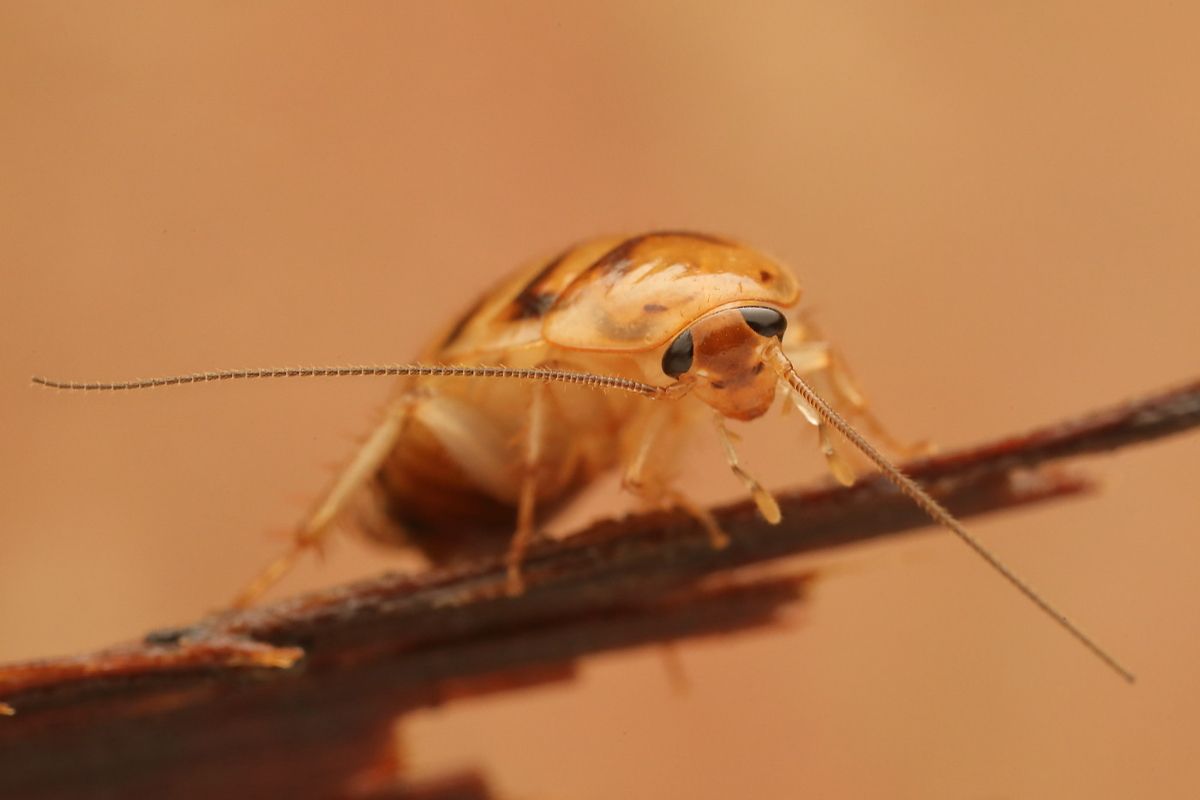D: Yaël, why in the world would anyone want to drive a cockroach?
Y: What are you talking about, Don?
D: I read that scientists found a way to drive a cockroach the way you might drive a car. They put electrodes in its brain, and by stimulating it in the right places they can determine whether it walks fast or slow, goes straight, or turns left or right.
Y: It's not as strange as it might sound. Neuroscientists want to know how brains control movement. The scientists are studying a part of the cockroach's brain called the central complex.
D: And what is that?
Y: The central complex is a command center in the cockroach's tiny brain that combines information from its senses, and uses that information to guide movement. It gets information from other parts of the brain that process visual information from the cockroach's eyes, and touch information from the cockroach's highly sensitive antennae and body hairs.
D: I think I get it now. Scientists stimulate different parts of the central complex to map out how those parts control different kinds of movement. But how does the brain work out all the complicated details of how to move the cockroach's legs?
Y: It doesn't. The central complex sends its commands to clusters of nerve cells, called ganglia, in the cockroach's nerve cord, and the ganglia work out the details of the movement. Although the details are different, our brains use a similar scheme.
D: Hmmm... Now I see why this is worthwhile. It could help scientists figure out how to make walking robots, or help people with motor control problems such as paralysis or Parkinson's disease.










